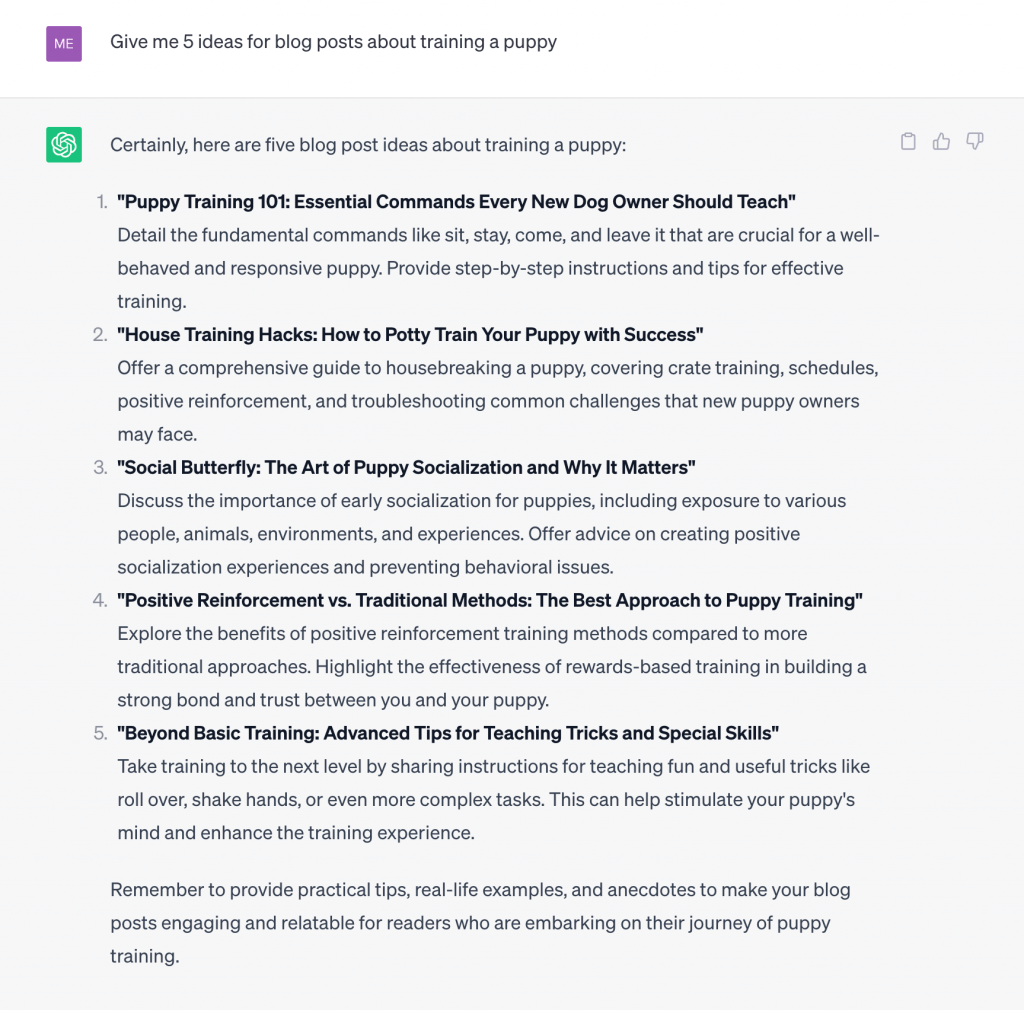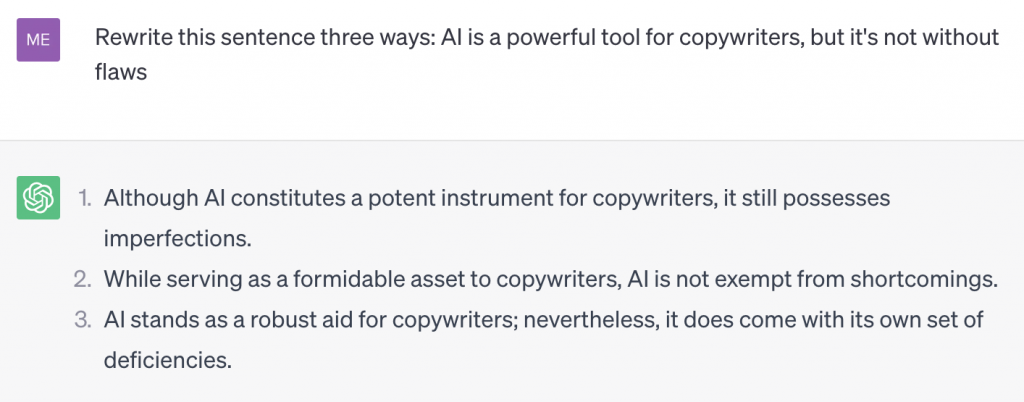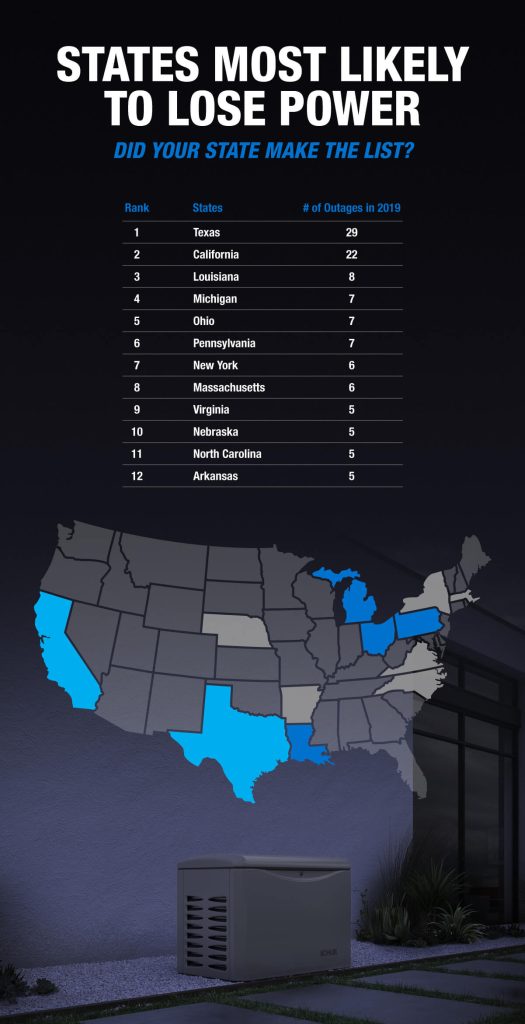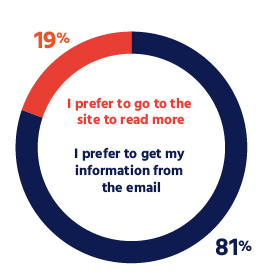In the digital age, content is king, and businesses are constantly seeking ways to produce engaging, high-quality content that resonates with their audience. Enter Artificial Intelligence (AI), a game-changing technology that is transforming the way content is created. From generating blog posts to crafting marketing copy, AI is proving itself as a valuable tool in the content creator’s toolbox.
What if we told you that intro paragraph was written by ChatGPT? It’s true. We used the prompt “write a short blog post about using AI to write content,” and that was the beginning of a nine-paragraph article. It’s not perfect, but it demonstrates how useful AI can be in content marketing. (Don’t worry, the rest of this article was written by a real human.)
AI in digital marketing is a hot topic and as content marketers, it’s tempting to write it off entirely (pun intended) since we’re committed to delivering thoughtful, person-centered content. But instead of fighting AI tools, what if we worked with them? Could they actually help us be better writers?
We think so. And by the time you’re done reading this, we bet you will, too.
Before we get started, we’d like to point out that if you use tools like ProWritingAid or Grammarly, you’re already using AI to proofread your work. Tools like ChatGPT and TextFX are just utilizing this technology in a different way.
With that said, let’s dive into the ways writers and content marketers can use AI to break free from writer’s block, summarize and rewrite their work.
Lightbulb Moment: AI Can Generate New Ideas
Consistently coming up with new ideas is part of a writer’s job, but it’s not always easy. Strict brand guidelines, a fast-paced work schedule, large content volumes and more can make it difficult to consistently bring fresh ideas to the table. When you’ve exhausted your usual sources of inspiration or you just want input from a truly unbiased third party, an AI tool like ChatGPT can provide new ideas in seconds.
With a simple command like “Give me 5 ideas for blog posts about training a puppy,” ChatGPT provided titles and content direction for five new articles. Adapt these to your client and audience, and you’re on your way to creating great content.
ChatGPT isn’t the only AI tool out there, though. Google’s TextFX is a suite of 10 free tools to help writers generate new ideas and be their most creative selves.
One of TextFX’s features is POV, and it allows you to see your topic through different points of view. To test it, we asked TextFX to give us different POVs for “training your dog.” In return, we got results like:
- Training your dog is the key to having a happy and stress-free life.
- Training your dog is a great way to bond with them and build a strong relationship.
- Training your dog can help them become a better member of society and make them more enjoyable to live with.
- Training your dog is not as difficult as you might think, and it is definitely worth the effort.
These may not be jumping off points for a blog post about dog training, but they’re great inspiration for organic social posts, ads, email content or even brand pillars. Each speaks to the benefit of having a trained dog, which may be difficult to turn into a single piece of long-form content around, but they’re perfect for short-form.
Another TextFX feature that is useful for writers is Simile. As the name suggests, it creates similes for the topic you input. We put “generator” in and received the following:
- The generator was like a lifeline to the remote village, providing a steady stream of electricity that allowed the residents to stay connected to the modern world.
- The generator purred like a contented kitten, providing a steady stream of electricity to power our home.
- The generator roared like a lion as it powered the lights.
While these lean a bit on the silly side, it’s a great way to get you thinking about your topic or product differently. Sometimes a little change in perspective is all you need to come up with your next brilliant idea.
TL;DR: Condensing and Summarizing Content
As a writer, condensing and simplifying a lot of information or complex material is often a daunting task—but AI offers a great starting point.
To test its abilities, we asked ChatGPT to summarize these bullet points outlining key components of a product:
And in return, we got this paragraph:
While it needs some editing, it’s a solid foundation to work off of. Bullet points are great for making content skimmable, but sometimes a paragraph is needed to work off of when communicating key selling points to an audience. Using AI to summarize bullet points is a quick way to get the groundwork in place so you can refine it.
Delete Delete Delete: Rewriting Copy
As the saying goes, “writing is rewriting.”
Whether you’re working through feedback, need a different way to get a point across or you just aren’t satisfied with your first (or second, or third…) draft, AI can help you in the rewriting process.
ChatGPT is capable of rewriting everything from single sentences to full articles. For this exercise, we asked it to rewrite the sentence “AI is a powerful tool for copywriters, but it’s not without flaws” three different ways. Here’s what we got:
Ironically, the results are a demonstration of the very sentence it rewrote: they’re robotic and sound unnatural. Even so, we can pull out different words and phrases from each to create a new sentence that isn’t robotic. A few examples:
- While AI is a powerful tool for copywriters, it has plenty of shortcomings.
- AI holds significant potential for copywriters, but it’s not perfect.
- While AI can be a great resource for copywriters, it has inherent shortcomings.
Depending on your audience, any of these would sound natural in a piece of content. They weren’t written by ChatGPT, but we used it to help us get to the final product.
For more tips and tricks on using AI in other digital marketing disciplines, check out our post on ChatGPT for SEO and leveraging ChatGPT in your overall marketing strategy.
























